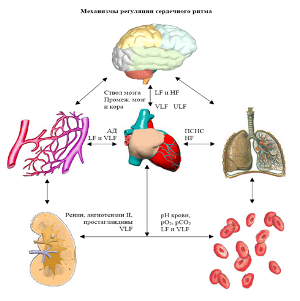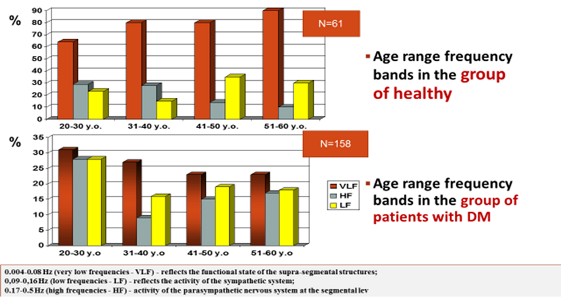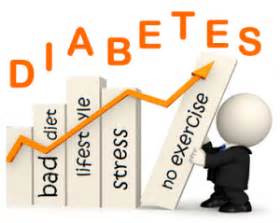
Irina Kurnikova
RUDN University, Russia
Title: The Phenomenon Of Early Aging Of Regulatory System In Diabetes Type 2
Biography
Biography: Irina Kurnikova
Abstract
Statement of the Problem: Three systems provide the physiological functioning and interaction with the environment: Autonomic nervous regulation, endocrine-metabolic system and immune system. The most operational system of autonomic regulation, the level of functioning of which varies with age and systemic disorders inside the body. The purpose of this study is to assess the impact of diabetes mellitus on mechanisms of autonomic regulatory in different age groups.
Methodology & Theoretical Orientation: 101 people were divided in four age groups: 20-30 years, 31-40 years, 41-50 years and 51-60 years of age. All patients were evaluated based on autonomic regulation by the method of spectral analysis of daily variability of the heart rhythm power spectrum of oscillation in three frequency bands: 0.004-0.08 Hz (very low frequency – VLF), 0.09-0.16 Hz (low frequency – LF) and 0.17-0.5 Hz (high frequency – HF). The selection of three frequency ranges is due to differences in their formation. The low frequency range reflects the activity of the sympathetic system on the segmental level, the high-frequency range, the activity of parasympathetic nervous system at the segmental level.
Findings: Patients with diabetes at the age of 30-40 years we have seen a decrease in parasympathetic activity, which is more typical for patients the next decade of life. Since the age of 41, there was considerable centralization on mechanism of regulation (increase VLF), which usually starts 10-15 years later. The decrease in the total power spectrum on the background of inadequate compensator of diabetes showed decrease of reserve opportunities of the organism.
Conclusion & Significance: An important cause of early atherosclerosis in patients with diabetes is, in addition to endothelial dysfunction, syndrome of “early aging of regulatory system” (the reason - autonomic neuropathy). The status autonomic regulation in the current decade corresponds next age decade of the patient, which leads to increased comorbidities and increased cardiovascular risk.



